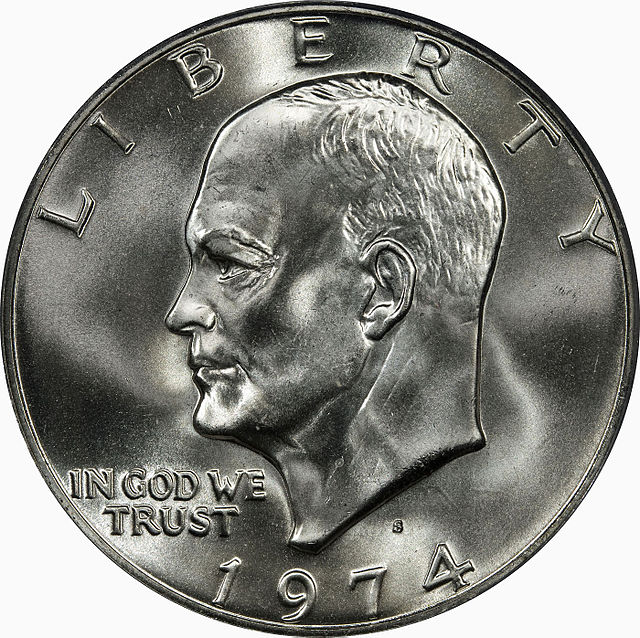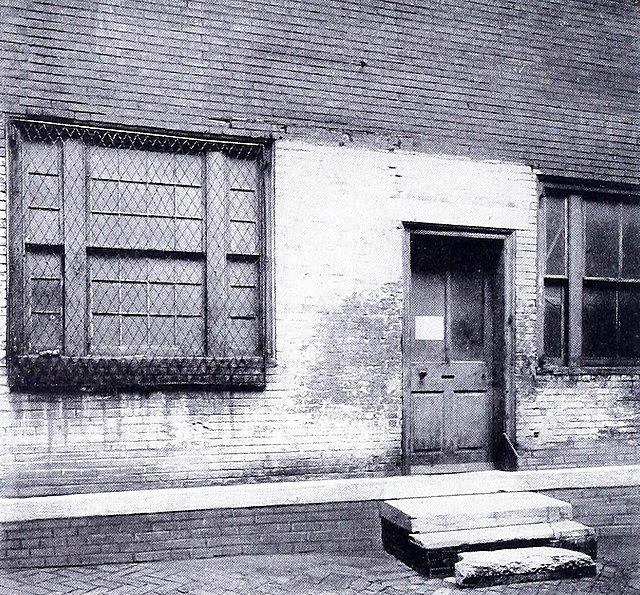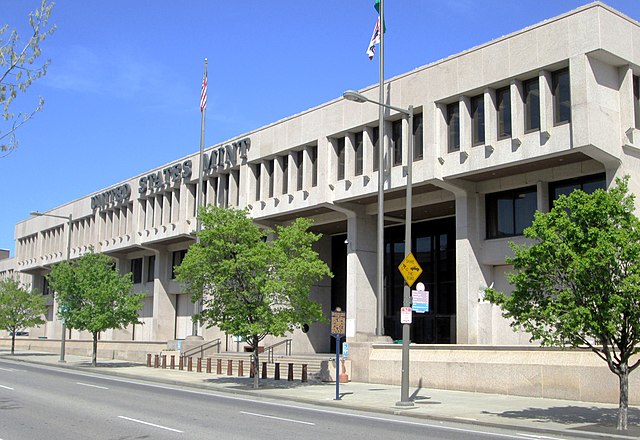The Eisenhower dollar is a one-dollar coin issued by the United States Mint from 1971 to 1978; it was the first coin of that denomination issued by the Mint since the Peace dollar series ended in 1935. The coin depicts President Dwight D. Eisenhower on the obverse, and a stylized image honoring the 1969 Apollo 11 Moon mission on the reverse. Both sides were designed by Frank Gasparro, with the reverse based on the mission patch designed by astronaut Michael Collins. It is the only large-size U.S. dollar coin whose circulation strikes contained no silver.
Type I
Type II
Type III
Image: 1974S Eisenhower Obverse
The United States Mint is a bureau of the Department of the Treasury responsible for producing coinage for the United States to conduct its trade and commerce, as well as controlling the movement of bullion. The U.S. Mint is one of two U.S. agencies that produce money in the case of minting coinage; the other is the Bureau of Engraving and Printing, which prints paper currency. The first United States Mint was created in Philadelphia in 1792, and soon joined by other centers, whose coins were identified by their own mint marks. There are currently four active coin-producing mints: Philadelphia, Denver, San Francisco, and West Point.
The First U.S. Branch Mint in California, which opened on April 3, 1854, is located at 608–619 Commercial Street in San Francisco. The building now houses the San Francisco Historical Society.
First United States Mint (Philadelphia); photo from 1904
The Philadelphia Mint
The Denver Mint








